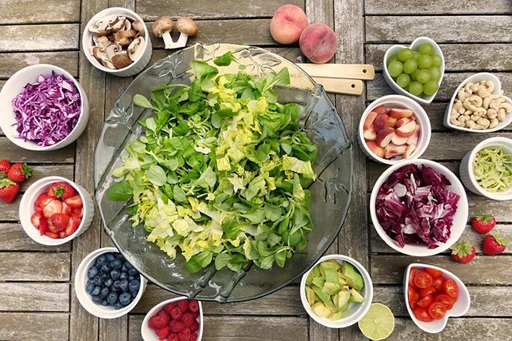Fiber is one of the most underrated nutrients in our daily diet, yet it plays a crucial role in maintaining optimal health. From supporting digestive health to helping regulate blood sugar levels, increasing your fiber intake can transform how you feel every day. I don’t know about you but I can struggle to get in enough fiber. I feel like eating vegetables should be enough but you sometimes have to add in things like berries, lentils, beans, and seeds. Did you know raspberries are fiber powerhouses?
Why Fiber Matters
Most adults need 25-35 grams of fiber daily, but the average American consumes only about half that amount. For women over 50, fiber becomes especially important as metabolism naturally slows and digestive efficiency can decline. According to the American Heart Association, fiber helps keep you feeling full longer, supports healthy gut bacteria, and can help lower cholesterol levels, particularly beneficial as heart disease risk increases with age. Learn more about natural ways to manage cholesterol for comprehensive heart health. It’s like giving your digestive system a gentle, natural tune-up while supporting long-term health. There are supplements you can use to increase your fiber intake but I prefer to concentrate on real foods.
Easy Ways to Increase Fiber
Start your morning with a fiber boost by choosing whole grain cereals or adding berries to your breakfast. Raspberries pack an impressive 8 grams per cup, while a medium apple with skin provides 4 grams. If you’re trying to also have a high protein diet, consider throwing those berries on top of a serving of Greek yogurt or on a chia pudding.
Swap refined grains for whole grain alternatives. Choose brown rice over white, whole wheat pasta instead of regular, and look for bread with at least 3 grams of fiber per slice. These simple switches can double your fiber intake without changing your favorite meals.
Don’t forget about legumes – beans, lentils, and chickpeas are fiber powerhouses that also provide plant-based protein to help maintain muscle mass. Add white beans to soup, toss chickpeas in salads, or try a hearty lentil curry. Just one cup of cooked black beans delivers a whopping 15 grams of fiber plus 15 grams of protein.
Smart Implementation Tips
Increase fiber gradually over 2-3 weeks to avoid digestive discomfort, as digestive sensitivity can increase with age. Your body needs time to adjust to higher fiber levels. Drink plenty of water throughout the day, as fiber works best when you’re well-hydrated. Aim for at least 8 glasses daily.
Keep the skins on fruits and vegetables when possible. That’s where much of the fiber lives. Snack on nuts, seeds, and fresh fruit instead of processed options.
Making these changes doesn’t require a complete diet overhaul. Small, consistent choices that let you add more fiber to your diet can add up to significant health benefits that you’ll notice in your energy levels and overall well-being.
